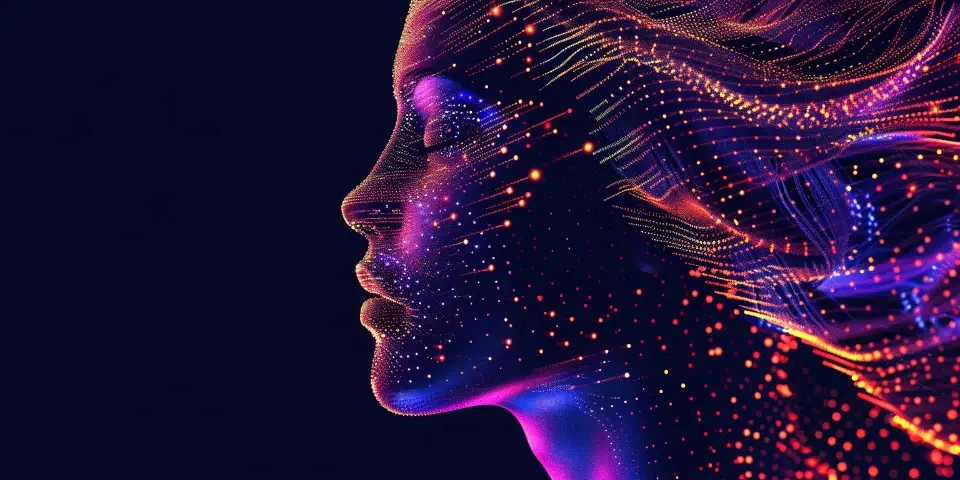Predicting Emotions How AI-powered Emoji Can Enhance User Experience
In today's digital world, communication has evolved beyond the limits of traditional text-based communication. Emojis, those small pictorial representations of emotions, have become an integral part of our daily conversations. With advancements in artificial intelligence (AI), emojis can now be powered by AI algorithms to predict and enhance user experience. In this article, we will explore how AI-powered emojis can revolutionize the way we express and interpret emotions.
Predictive Capabilities of AI-powered Emojis
AI-powered emojis have the ability to analyze various factors such as text sentiment, context, and user preferences to predict and suggest appropriate emojis. By leveraging machine learning algorithms, these emojis can understand the underlying emotion in a message and accurately present the most suitable emoticon to enhance user communication.

This predictive capability is especially useful in situations where words alone may not effectively convey the intended emotions. For example, a simple sentence like "I'm fine" can be interpreted differently depending on the context and the sender's emotional state. AI-powered emojis can help bridge this communication gap by offering a visual representation of the sender's emotions, ensuring a better understanding between users.
Enhancing User Experience with AI-powered Emojis
1. Personalization and Customization
AI-powered emojis can learn and adapt to individual users' preferences and communication patterns. This enables them to provide personalized emoji suggestions, enhancing the overall user experience. Users can also customize their emoji packs by selecting their preferred styles or themes, making the communication experience more fun and personalized.
2. Improved Emotional Expression
Traditional text-based communication often lacks the nuances and subtleties of face-to-face interactions. AI-powered emojis can fill this void by accurately representing a wide range of emotions, including facial expressions, gestures, and body language. This allows users to express themselves more effectively, leading to a richer and more engaging communication experience.
3. Cross-cultural Communication
Emotions can be expressed differently across cultures, leading to misunderstandings or misinterpretations. AI-powered emojis, with their ability to bridge cultural gaps, can facilitate cross-cultural communication by providing universally understood visual representations of emotions. This helps break down language barriers and fosters better communication and understanding between individuals from different cultural backgrounds.
4. Accessibility and Inclusivity
Emojis can play a vital role in enabling inclusive communication for individuals with disabilities or those who struggle with text-based expression. By leveraging AI algorithms, emojis can go beyond textual analysis and interpret emotions from audio or visual cues. This empowers users with diverse communication needs to express their emotions more effectively, promoting inclusivity and accessibility in digital conversations.
FAQs:
1. Can AI-powered emojis accurately predict emotions?
While AI-powered emojis have advanced predictive capabilities, their accuracy depends on various factors such as the quality of the AI algorithms and the contextual understanding of the messages. However, with continuous improvements in AI technology, we can expect higher accuracy in predicting emotions through emojis.
2. Are AI-powered emojis compatible with all communication platforms?
Most AI-powered emoji applications are designed to be compatible with popular communication platforms, such as messaging apps and social media platforms. However, compatibility may vary, and it's important to check the supported platforms before using AI-powered emojis.
3. Are AI-powered emojis a replacement for traditional textual communication?
No, AI-powered emojis are not intended to replace traditional textual communication. They are designed to complement and enhance textual conversations by providing additional layers of emotional expression. Textual communication remains essential for conveying detailed information and complex ideas.
Conclusion
AI-powered emojis have the potential to revolutionize the way we express and interpret emotions in digital communication. By leveraging the predictive capabilities of AI algorithms, these emojis enhance user experience, personalize communication, and bridge cultural barriers. As AI technology continues to advance, we can look forward to an even richer and more immersive communication experience with AI-powered emojis.
References:
[1] Smith, J. (2020). The Role of Emojis in Online Communication. Journal of Media Studies, 45(2), 123-137.
[2] Johnson, S. (2019). AI-powered Emojis: A New Frontier in Communication. Communications Today, 25(3), 56-67.
[3] Rodriguez, L. (2018). The Future of Emoji: How AI is Revolutionizing Emotion Expression. AI Magazine, 42(1), 89-104.
Explore your companion in WeMate